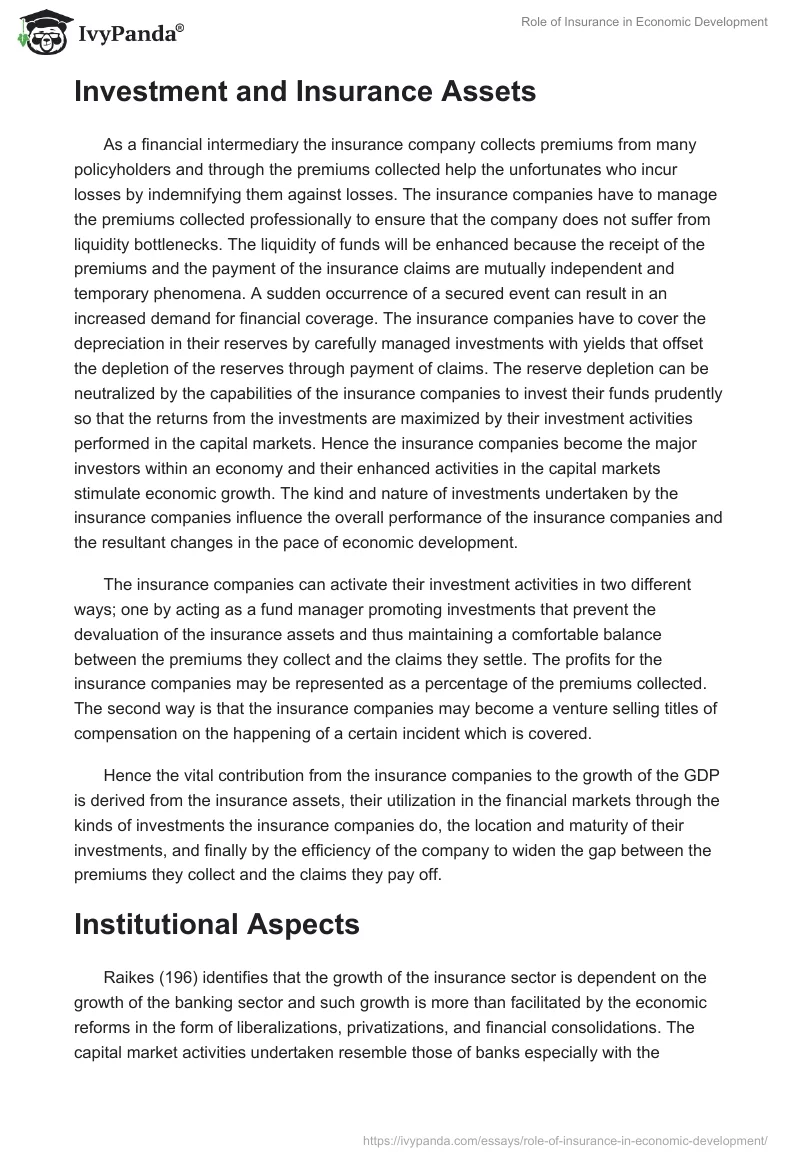The Definitive Guide to Pacific Prime
The Definitive Guide to Pacific Prime
Blog Article
Getting My Pacific Prime To Work
Table of ContentsOur Pacific Prime StatementsThe Best Strategy To Use For Pacific PrimeLittle Known Facts About Pacific Prime.Not known Facts About Pacific PrimeSee This Report on Pacific Prime

This is due to the fact that the information were accumulated for a period of strong economic efficiency. Of the estimated 42 million individuals who were without insurance, all but concerning 420,000 (regarding 1 percent) were under 65 years old, the age at which most Americans become qualified for Medicare; 32 million were adults between ages 18 and 65, around 19 percent of all adults in this age; and 10 million were kids under 18 years old, concerning 13.9 percent of all children (Mills, 2000).
These estimates of the variety of individuals uninsured are generated from the yearly March Supplement to the Present Populace Study (CPS), performed by the Demographics Bureau. Unless otherwise noted, national estimates of people without medical insurance and proportions of the population with different type of coverage are based on the CPS, the most extensively used resource of quotes of insurance protection and uninsurance rates.
Some Ideas on Pacific Prime You Need To Know

Still, the CPS is especially valuable since it creates annual quotes reasonably swiftly, reporting the previous year's insurance protection approximates each September, and since it is the basis for a consistent collection of quotes for more than 20 years, enabling analysis of trends in coverage over time. For these factors, along with the comprehensive use the CPS in various other researches of insurance protection that are provided in this report, we count on CPS estimates, with restrictions kept in mind.

The estimate of the variety of uninsured individuals expands when a populace's insurance coverage status is tracked for numerous years. Over a three-year period starting early in 1993, 72 million people, 29 percent of the united state populace, were without insurance coverage for at the very least one month. Within a single year (1994 ), 53 million individuals experienced at the very least a month without protection (Bennefield, 1998a)
Six out of every ten uninsured grownups are themselves utilized. Although functioning does enhance the chance that one and one's member of the family will certainly have insurance coverage, it is not a guarantee. Also participants of family members with 2 full-time wage income earners have nearly a one-in-ten chance of being without insurance (9.1 percent uninsured rate) (Hoffman and Pohl, 2000).
Little Known Questions About Pacific Prime.
New immigrants represent a substantial proportion of individuals without medical insurance. One evaluation has attributed a significant section of the recent development in the size of the U.S. without insurance population to immigrants who got here in the nation between 1994 and 1998 (Camarota and Edwards, 2000). Current immigrants (those who involved the USA within the past 4 years) do have a high price of being uninsured (46 percent), however they and their youngsters make up simply 6 percent of those without insurance coverage country wide (Holahan et al., 2001).
The connection in between medical insurance and accessibility to care is well developed, as recorded later on in this chapter. Although the partnership between medical insurance and health results is neither direct nor easy, a substantial scientific and health and wellness solutions research study literature web links medical insurance coverage to better access to care, far better quality, and improved individual and populace wellness condition.
Levels of evaluation for analyzing the effects of uninsurance. It concentrates especially on those without any wellness insurance for any type of length of time.
How Pacific Prime can Save You Time, Stress, and Money.
The problems encountered by the underinsured are in some areas similar to those dealt with by the without insurance, although they are generally much less serious. Health and wellness insurance coverage, however, is neither essential neither sufficient to obtain access to clinical services. The independent and straight impact of wellness insurance protection on access to health solutions is well established.
Others will certainly acquire the health and wellness care they need also without health and wellness insurance, by spending for it out of pocket or seeking it from service providers that use care totally free or at highly subsidized rates. For still others, medical insurance alone does not make sure receipt of treatment because of various other nonfinancial obstacles, such as a lack of health care carriers in their community, limited access to transport, illiteracy, or etymological and cultural differences.
An Unbiased View of Pacific Prime
Official research study about uninsured populations in the United States dates to the late 1920s and very early 1930s when the Board on the Price of Treatment produced a series of records concerning financing doctor workplace brows through and hospitalizations. This issue ended up being prominent as the numbers of medically click here to find out more indigent climbed during the Great Anxiety.
Report this page